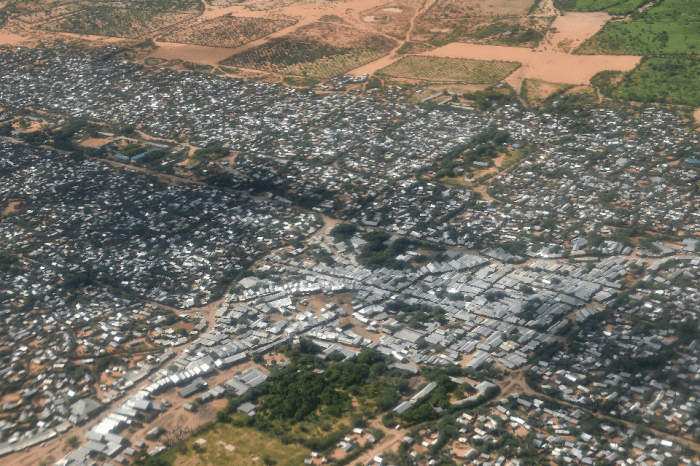The world doesn’t seem to stop when it comes to consuming energy. As each country experience growth and development as a society, their needs for power increases to keep up with the pace of their expansion. The process is a natural one. It’s even socially encouraged, but that doesn’t change the fact that it takes a toll on our planet. More of the world resources are exploited and processed to become fuel.
While denied by many of these industries for a long time, the ugly side of energy consumption has been exposed for the whole world to see. It has increased the awareness about the need to embrace alternative energy and waste solutions that are renewable and cleaner to avoid contamination and slow down the degradation of our many natural ecosystems.
Many of the initiatives to use clean energies are embraced in multiple countries. Some of them are backed by governments and private industries looking to preserve our planet and fix some of the damage caused by our constant demands of resources. Many people believe that individual efforts don’t count. The fact is that every single bit of help they can get adds up a lot. If you are a student looking to make a difference in this world, check out green MBA programs.
Here are 5 actionable tips you can follow to make proper use of renewable energy on your premises:
1. Embrace Solar-Powered Technologies
If you haven’t realized it yet the sun is the most powerful energy source in the world and no one can charge to use it. This is why many developers focused on creating technology that makes the best use of the power delivered by the light and radiation offered by the main star in our solar system.
Nowadays, you can get solar-powered vehicles, and solar panels to distribute energy at your home. Such solar technologies can be a bit expensive but is durable as nothing else in the market, plus it is a one-time investment at best!
2. Crowdfund Clean Energy Projects
Many communities are willing to go green and use green energy sources when they are presented the right project. Most of the times the neighbors’ just need to see a well-laid plan explaining why using renewable energy sources will be more affordable for them in the long run.
The environmental angle can also be helpful, especially for those homeowners that live close to natural reservoirs and wish to keep the value of their properties by safekeeping the environment.
3. Support the Society of Concerned Scientist
This is an amazing initiative to get businesses and the world to become more educated and use more renewable energy. I am not affiliated with the society at all, but it may be one of the most actionable ways to help the environment because they have built up a lot of support and assets.
Check out what they are doing here.
4. Use Water-processing Technology
Many households and modern housing projects can make use of this technology to recycle the water sources they use and avoid the unnecessary waste of such vital liquid.
The basic principles of this initiative require investment in processing plants and large tanks that can either be installed on the foundations of your home or at the side of it. Your house will always have clean running water, and you won’t take much from the natural sources near your place.
5. Wind Power for Home or Business
Many locations around the world are using wind-powered turbines to generate electricity, and it has become a business opportunity for many entrepreneurs around the world. The plants are easy to install, and the energy is very cheap to produce.
Wind-powered energy has generated an excess of power in certain locations such as China, Germany, Australia and some regions on the USA with these plants selling they’re overproduced to regular energy plants. The power provided by these alternatives is cleaner than most and very easy on a family budget.


















